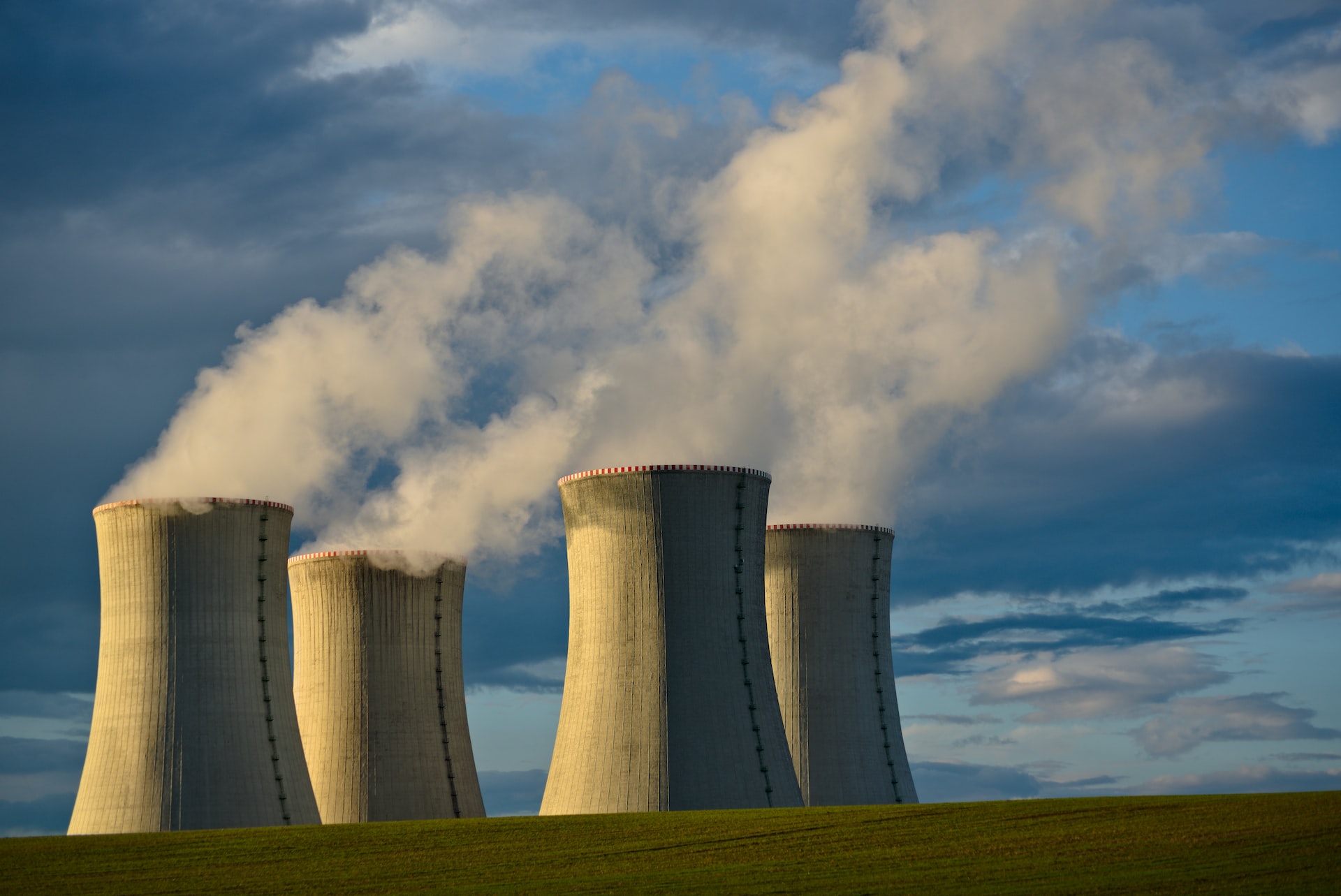Uranium prices have been climbing into the new year as plans to shut many nuclear power plants around the world reversed course in 2022. Many utility operators are now more interested in extending the lifespan of existing plants well-beyond 40 years. Germany and Japan are two key nations that have seen public sentiment toward nuclear shift in a positive direction over the last year, coinciding with a significant reconsideration of energy policy.
More uranium is demanded per year than produced, a pattern likely to continue for some time as miners work through a large inventory of supplies built up throughout the 2010s. Still, risks remain to the resurgence of nuclear power, particularly Russia’s war in Ukraine, which has boosted uranium prices, but could also cause them to crumble if power plants continue to become embroiled in the conflict.
Related ETFs: Sprott Uranium Miners ETF (URNM), Global X Uranium ETF (URA)
Nuclear Demand Set to Rise Through 2035, Boosting Uranium Prices
Earlier this week, MRP highlighted projections from BP’s 2023 Energy Outlook which indicated that, in its central scenario, oil demand would be -5% lower than previously predicted in last year’s report and natural gas demand -6% weaker. Meanwhile, BP raised its 2035 demand outlook for nuclear by 2%. That is significant, considering many western nations had written off nuclear power and were preparing to shut down a significant portion of their existing reactors until just about two years ago.
That trend has now totally reversed course and more recent concerns are focused on just how long nations can extend the lifespan of their existing plants. Per Bloomberg, many of the world’s nuclear facilities are scheduled to run far beyond what’s considered the typical 40-year lifespan. Operators are now pushing to keep some reactors running for as long as 80 years. New capacity will likely be needed sooner than later and MRP has published previous Intelligence Briefings on several different ways nuclear generation can be expanded without having to dump up to a decade of construction time into traditional, full-scale nuclear plants. Those methods include the advent of small modular reactors (SMRs) and re-fitting retired coal plants to go nuclear.
For a number of years, demand for uranium (the commodity from which nuclear energy is derived) has outpaced supply. Key miners have been intentionally cutting production since the late 2010s to work through massive inventories that wiped out commodity prices for uranium. Per Cameco data, Long-term pricing of uranium supplies were more than halved from $71.50/lb at the start of 2011 to just $32.50 by the beginning of 2017. Years of reducing mine output has had a significantly positive impact on pricing, as long-term prices closed out 2022 at $52.00/lb. “At the end of the day, we consume about 190 million pounds a year. Currently, we dig out of the ground about 130 million pounds,” Goviex Uranium CEO Daniel Major recently told Mining.com.
Nuke-Skeptic Nations Experience Major Shift in Public Sentiment
Though a nuclear comeback seemed to have already been on the table by 2022, Russia’s invasion of Ukraine and the resulting fallout from the weaponization of energy markets has been a renewed catalyst for nuclear power, helping to keep several nations’ reactors running. Per Bloomberg, Belgium, Finland and Slovakia are now extending reactor lifetimes. Germany, which relied heavily on Russia for natural gas before the war, was set to shut down all of their nuclear plants by the end of 2022, but sanction-induced shortages of natural gas have…
To read the complete Intelligence Briefing, current All-Access clients, SIGN IN All-Access clients receive the full-spectrum of MRP’s research, including daily investment insights and unlimited use of our online research archive. For a free trial of MRP’s All-Access membership, or to save 50% on your first year by signing up now, CLICK HERE










